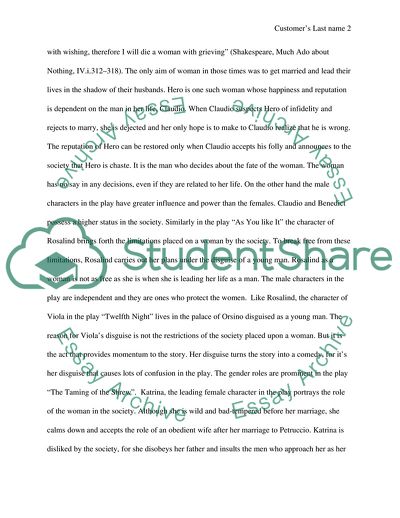Gender Roles and Homoeroticism in Shakespeare Essay Example | Topics and Well Written Essays - 1500 words. https://studentshare.org/literature/1717217-gender-roles-and-homoeroticism-in-shakespeare
Gender Roles and Homoeroticism in Shakespeare Essay Example | Topics and Well Written Essays - 1500 Words. https://studentshare.org/literature/1717217-gender-roles-and-homoeroticism-in-shakespeare.


